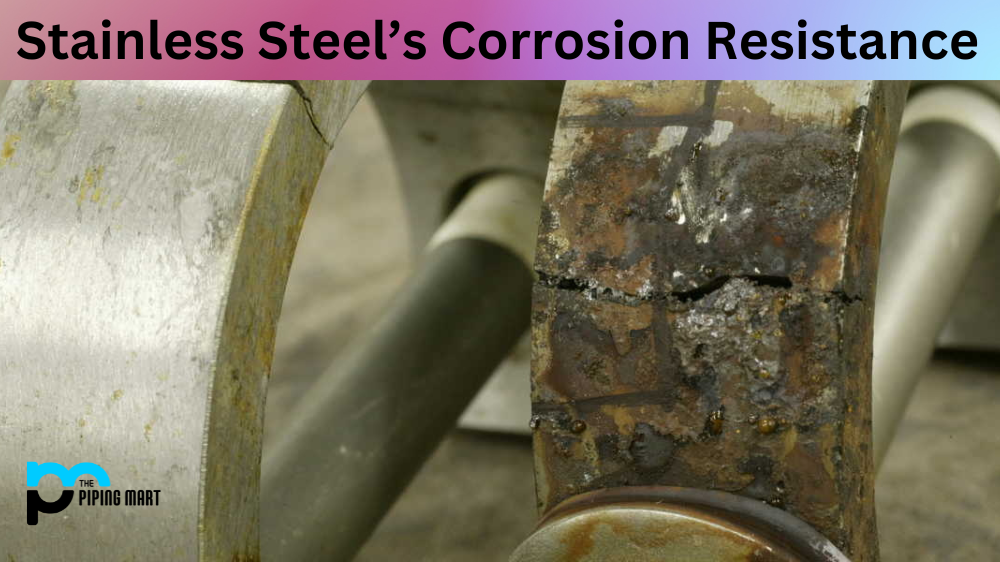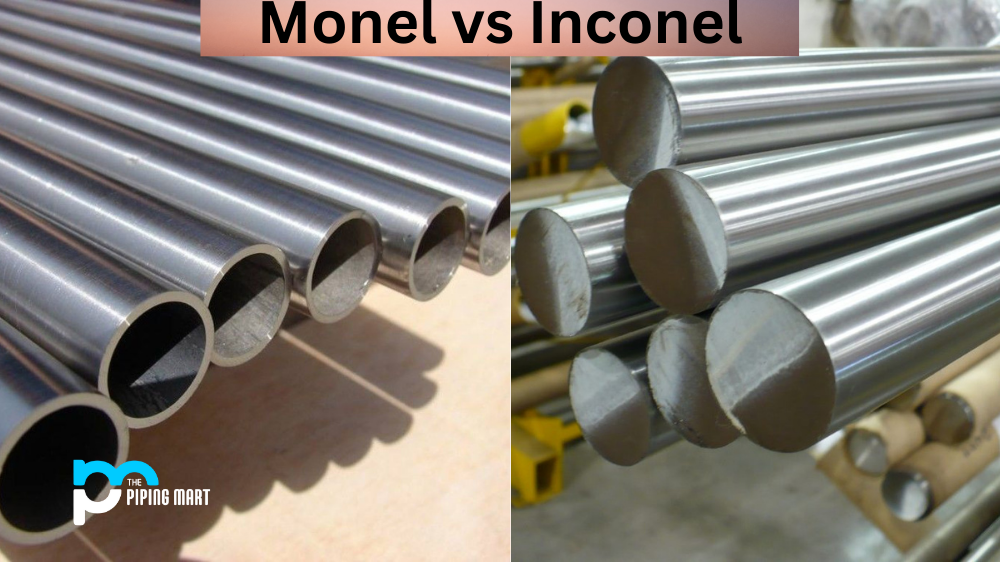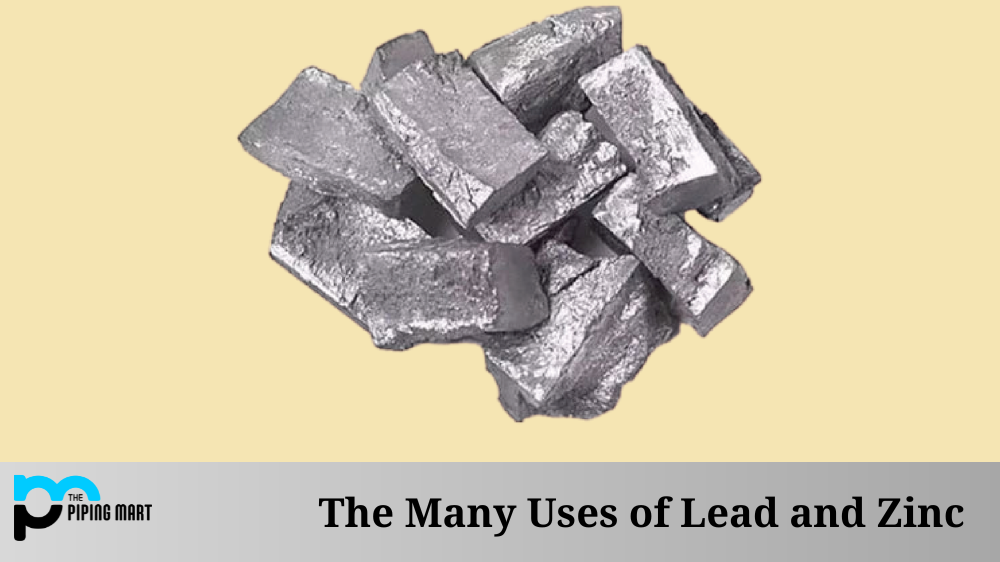Have you ever wondered why stainless steel is so incredibly corrosion-resistant? Stainless steel is a popular material for everything from cookware to construction, and its popularity is due to its strength, longevity, and corrosion resistance. Let’s explore what makes stainless steel resistant to corrosion.
Chromium and Iron Alloy
The primary element that makes stainless steel so resistant to corrosion is chromium. Chromium is added to the alloy in varying amounts depending on the desired application of the metal. In general, the more chromium in an alloy, the more rust-resistant it will be. Chromium forms a thin film on the surface of stainless steel that prevents oxygen from combining with iron atoms in the alloy. When this happens, rust cannot form, and your stainless steel can remain looking shiny and new for years.
Passivation Process
Another factor that contributes to stainless steel’s corrosion resistance is its passivation process. Passivation involves treating the metal with an acid bath that removes impurities from its surface before it can be used in applications where it may come into contact with water or other liquids that might cause rust or other forms of corrosion. The process also helps create a protective layer of chromium oxide which helps prevent further contamination and makes the alloy even more resistant to wear over time.
Nickel Content
Lastly, nickel plays an important role in making stainless steel resistant to corrosion as well. Nickel helps strengthen the bond between chromium and iron so that they are less likely to break apart under stress or when exposed to certain chemicals or temperatures. This ensures that your stainless steel remains strong and resilient for many years without degrading due to exposure or wear and tear.
Conclusion:
Stainless steel is one of the most popular metals used today thanks to its strength, durability, and corrosion resistance – but why is it so resistant? By understanding how chromium, nickel, and passivation work together, we can see just how this amazing material remains strong in spite of exposure to harsh environments or chemicals over long periods of time. Whether you are looking for cookware or construction materials, there’s no denying that stainless steel has a lot going for it!
Sakshee is a talented blogger, with a particular focus on the Business and Metal Industry. She is passionate about sharing her insights on various metal products and helping professionals to make a better decisions.




